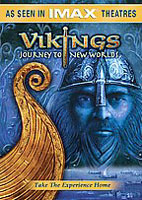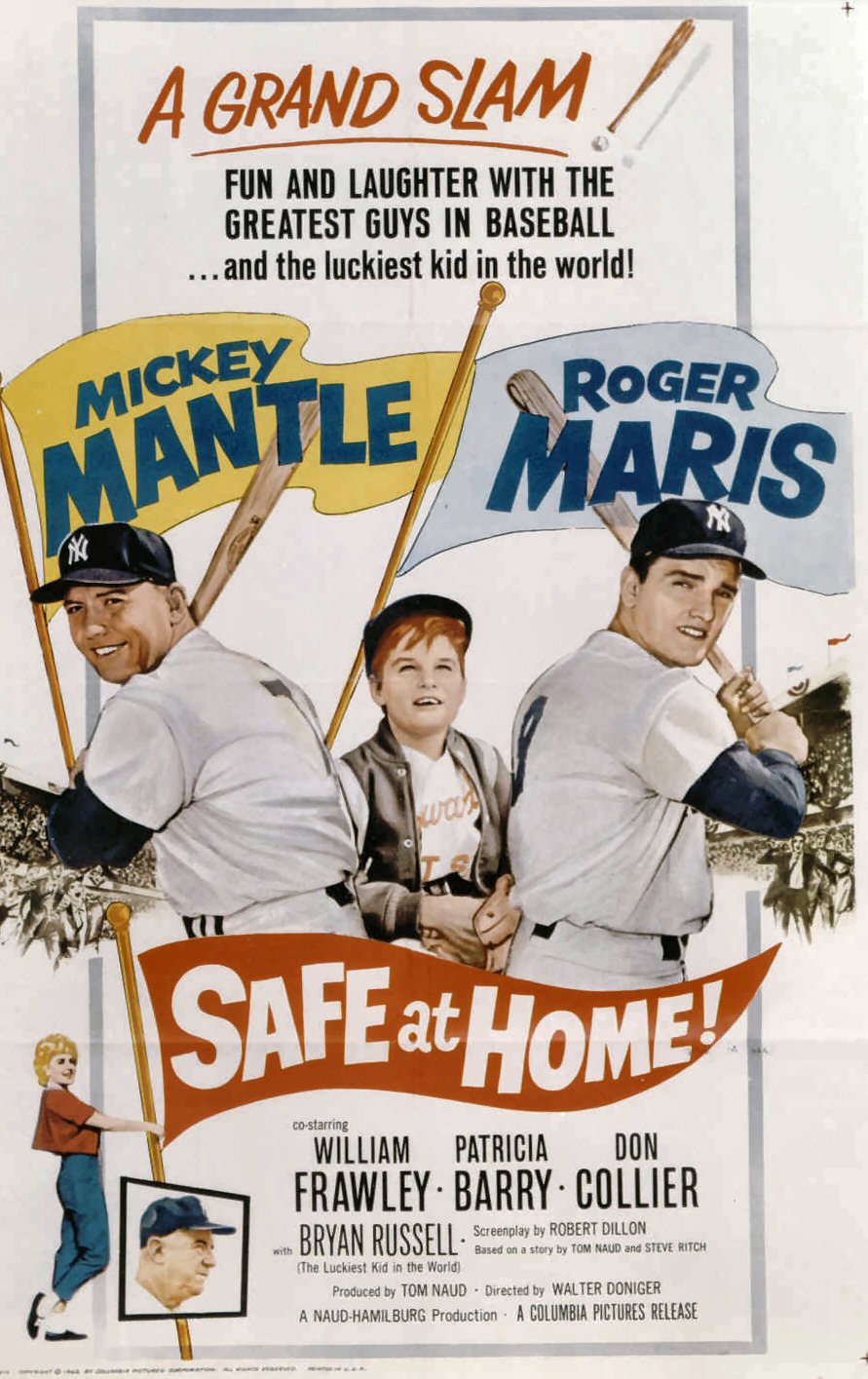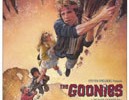Through films and stories of the past, we know that aliens cannot be understood. Should an extra terrestrial land on earth, they will be an immediate outcast because there would be a distance between them and humanity.
Late New Wave performance artist Klaus Nomi took on the persona of an androgynous alien and, for better or worse, Andrew Horn’s documentary The Nomi Song captures the very essence of the concept of alienation. While the film does get into the rise and fall of Nomi’s musical career, it fails to provide a deep understanding of who he was and what his art was all about.
The art of Nomi raised many questions. Was he man or woman? Human or alien? Pop singer or opera tenor? Performance artist or pop star? It’s the struggle of these questions that fueled his shows.
Nomi’s approach to music was unique. A grown man, he sounds as though he were a choir boy back in the days of neutering. His pitch is beautiful. Not to mention the fact that his lyrics had a pop edge to them. Then there’s his look. Ziggy Stardust is perhaps the closest thing one could recognize on a mainstream level. Filled with big costumes of outrageous symmetrical design, Nomi’s roots in New Wave vaudeville are apparent the first time you see him perform.
With such a unique show, Nomi’s popularity began in the east, spanned the Atlantic to Europe and was poised to breakout into the greater reaches of America. But then tragedy struck. This was the early 1980s and AIDS was just starting to appear. Those who caught it were outcast into the alien unknown. Nomi was one.
The Nomi Song presents a collection of show clips, interviews with Nomi’s posse and films from Nomi’s heyday. Like Nomi’s work, there is some distinct style at play that reflects its subject matter. Most clever was the interview clips with Trude Sperber, Nomi’s aunt. With just audio clips to work with, Horn shows her view a two-dimensional cardboard cut-out placed in various artificial environments. Soerber provides some of the most personal anecdotes in the film, making the material essential when there is very little about Nomi’s personality to begin with. The setting also gives the clips more life rather than a simple voiceover.
Most of the interview subjects were part of Nomi’s creative gang. While their comments are insightful on the nature of the artist’s career and their own role in his work, they keep some distance from who the man behind the persona was. They are all very open about their experiences with Nomi, but many of them also share some baggage with him as well. It creates some awkward moments in the film’s narrative where you know much is being left unsaid, but as a viewer at some distance, I don’t necessarily think it’s my business to hear said baggage.
Ultimately, did anyone actually know Klaus Nomi? He had a knack for making pies. He practiced in the courtyard of his New York apartment. That’s about it from the film’s perspective. The Nomi Song sheds light on a marvelous act, one that ended before it could really take off. However, Horn’s documentary fails to provide the viewer with a deeper look into who Nomi was outside of the act. By failing to dig deeper into his history and personal life, The Nomi Song doesn’t show what influenced Nomi’s art. Like his persona on stage, Klaus Nomi the person remains an alien.
The DVD release of The Nomi Song has lots of extras for long-time Nomi fans as well as a fast primer for those, like me, new to the Nomi experience. There’s your somewhat standard deleted scenes, commentary track from director Andrew Horn and theatrical trailer. There’s also some cool photo galleries and extended interviews. But the true gems of this release are remixes of some of Nomi’s classic songs and recently unearthed performances shown in their entirety.
The Nomi Song Gallery
The Nomi Song Trailer















